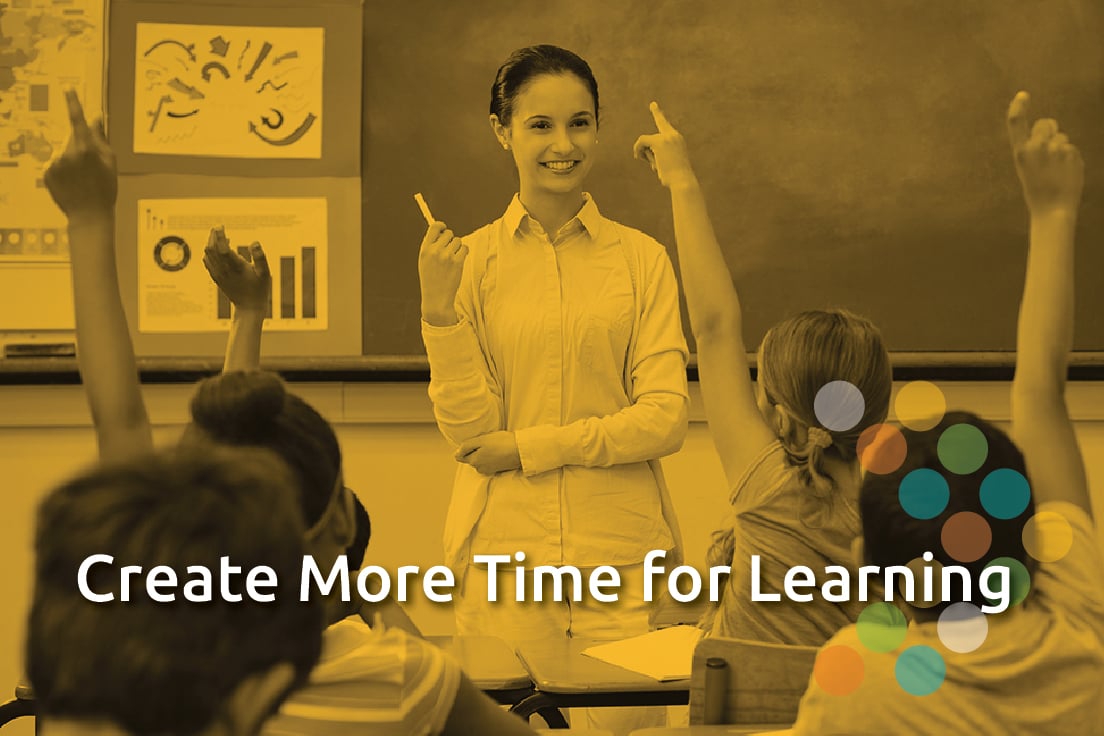By: Rachel Brown, Ph.D., NCSP
A recent radio news story on National Public Radio addressed the question “why aren’t kids being taught to read?” This story reviewed available research about effective reading instruction and then pointed out that such research is rarely covered in teacher education programs. There is a large body of research about effective reading instruction. In 2000, the National Reading Panel (NRP) published findings from a comprehensive analysis of available research about the most effective reading instruction practices. There are two important aspects to effective reading instruction: (a) content and skills to be learned, and (b) teaching practices that work for all learners. This blog will review both of these components and how teachers can access additional information about reading instruction.
Reading Content and Skills
The NRP report found that there are five essential components to reading and that all five need to be included in reading lessons across grades. The five areas are:
- Phonemic Awareness: Knowledge of the individual sounds (phonemes) in words.
- Phonics: Knowledge of the sounds that correspond to each letter or group of letters in the English alphabet.
- Fluency: A combination of accuracy, automaticity, and prosody when reading so that the reader understands what is read.
- Vocabulary: Knowledge of the meanings of individual words.
- Comprehension: Understanding of the overall ideas and information contained in text.
It is important to note that all five areas need to be included in reading instruction every day at every grade level. This is because students will benefit from integrating their reading skills as they develop stronger proficiency. Certainly, the instructional focus at younger grades should include more emphasis on phonemic awareness and phonics but young students also need to learn accurate and automatic decoding, word meanings, and how text conveys information. At higher grades, comprehension is the main focus but older students still need to learn new vocabulary related to the content areas, develop fluency reading new words, and learn how to decode multi-syllabic content-area words, especially those with Greek and Latin roots and affixes. In order to learn such words, phonemic awareness skills take on a new importance because the sounds are important for decoding and fluency. When students lack strong instruction in one or more of the skill areas, deficits can impact student learning across content areas.
Reading Instruction Practices
The methods used to provide reading instruction are also very important. There are two instructional details that have been found to be the most effective across students. Reading instruction that is both (a) direct, and (b) systematic has been found to be the most beneficial for learners of all ages.
Direct Instruction. Direct instruction refers to teaching methods that provide learners with precise details about the skills to be learned and many opportunities to practice those skills. Direct instruction methods use an instructional hierarchy of specific learning stages that provide learners with opportunities to see examples of the skills, guided practice using the skills, followed by independent practice until the skills are mastered. Direct instruction methods were pioneered by Siegfried Engelmann and colleagues in the 1960s. Engelmann and colleagues have published curricula which incorporate these methods and they are often referred to as “big” DI to acknowledge the connection to these authors. It is possible to use direct instruction methods as part of any reading instruction and such practices are often known as “little” DI (or “di”) because they incorporate the methods but are not necessarily published or under copyright.
Instructional Hierarchy. Direct instruction works because it includes activities that follow the instructional hierarchy (Loring et al., 1978). This hierarchy includes four stages that reflect the learning process. The four stages are:
- Acquisition: The learner has no background with the skill or knowledge to be learned. The teacher describes and models the skill or knowledge and then provides students with scaffolded practice that focuses on accuracy.
- Fluency: The learner practices the skill or knowledge regularly in order to use it automatically.
- Mastery: The learner uses the knowledge or skill spontaneously during school-based activities.
- Generalization: The the learner uses the knowledge or skill spontaneously in settings and situations different from where it was learned (e.g., another course or outside of school).
Direct instruction is an important component of effective reading lessons because it provides provides opportunities for learners to access reading instruction regardless of prior knowledge or experiences. The following table provides examples of instructional activities for all five areas of reading at each stage of the instructional hierarchy. There are two examples for each area and stage; one reflects instruction for students in kindergarten through grade 3 and the other reflects instruction for students in grades 4 and higher.
| Area | Acquisition | Fluency | Mastery | Generalization |
| Phonemic Awareness
(K-3) |
Oral rhyming games and activities where students identify the individual sounds in words | Students practice segmenting oral words into individual phonemes | Students use oral segmenting skills with sounds they have mastered as part of daily instruction | Students use oral segmenting skills to play word games and identify word parts in non-school settings |
|
Phonemic Awareness (4-12) |
Students listen to the correct pronunciation of multi-syllable content area words and then say the words | Students practice multi-syllable content area words as part of daily lessons and content-area assignments | Students incorporate known multi-syllable content area words into their demonstration of content knowledge | Students use known multi-syllable content area words in other classes and non-school settings |
|
Phonics (K-3) |
Teacher models correct letter sound and students repeat the sound while touching the matching letter | Students practice saying the correct sounds that match letters or letter combinations | Students accurately and automatically sound out and blend letters in words in assignments | Students accurately and automatically sound out and blend letters in words in non-school settings |
|
Phonics (4-12) |
Teacher models correct decoding of multisyllabic content area words and students copy the model | Students practice decoding new content area words as part of daily lessons and content-area assignments | Students accurately and automatically read new words in assignments | Students accurately and automatically read new words in other classes and non-school settings |
|
Fluency (K-3) |
Teacher models fluent reading of texts that use decodable and high frequency words | Students practice repeated reading of texts that use decodable and high frequency words | Students read assigned texts with at least 95% accuracy, automaticity and prosody | Students read diverse texts across settings with at least 95% accuracy, automaticity and prosody |
|
Fluency (4-12) |
Students read new content-area texts multiple times | Students complete content-area text assignments on time | Students read content-area texts and complete related assignments | Students read diverse texts across settings with at least 95% accuracy, automaticity and prosody |
| Vocabulary
(K-3) |
Teacher uses picture and words to tell the meaning of new words. | Students sort pictures of items according to their meanings | Students use words according to their meanings in assignments | Students use words according to their meanings across classes and settings |
|
Vocabulary (4-12) |
Teach provides definitions and examples of new content-area vocabulary words | Students read and discuss texts with new content-area vocabulary words | Students correctly identify the meaning of content-area vocabulary words
and use the words correctly in assignments |
Students correctly identify the meaning of content-area vocabulary words
and use the words correctly across classes and settings |
|
Comprehension (K-3) |
Teacher reads stories out loud to students and uses “think-alouds” to model understanding | Students read known stories with decodable and high frequency words and retell the events of the story | Students read new stories with decodable and high frequency words and predict what might happen next | Students read diverse stories with decodable and high frequency words across settings |
|
Comprehension (4-12) |
Teacher reads content-area text and models how to draw conclusions about it | Students read content-area texts and provide oral or written summaries and interpretation | Students read content-area texts and complete assignments that require understanding of the texts | Students read content-area texts in all classes and use the information to complete a variety of tasks and assignments |
Systematic Instruction. Another important teaching practice for reading instruction is for it to be systematic. Systematic instruction involves providing lessons in a very specific sequence. In the case of reading, systematic instruction provides a coherent order to the lessons so that new learning builds on prior learning. Usually, easier skills are taught before harder skills. Systematic reading instruction includes practices such as teaching the most frequent letter sounds first and separating presentation of highly similar letters and sounds so that students do not get confused. This type of instruction allows students to keep practicing beginning skills as they add new skills over time.
Learner Differences
Although direct and systematic instruction that includes all of the 5 “big” areas of reading has been found to benefit all students, the exact duration and frequency of lessons necessary is likely to vary across students. Some students will reach the mastery and generalization stages very quickly and others will need many more opportunities to practice during the acquisition and fluency stages. Providing differentiated reading instruction for all students involves arranging daily schedules so that all students participate in a high quality core program and there are supplemental lessons that provide reteaching and repetition of lessons for those students who need them.
Reading is not a natural innate skill and it must be learned. A strong body of research confirms that direct and systematic instruction that includes all five of the
“big” areas of reading is effective for all students. Not all teachers learned about such methods during their preparation in college. There are many resources for teachers who need to learn more about effective reading instruction methods, including Reading Rockets. Not all students will learn to read at the same rate, but with the right instruction and lesson time, they can learn to read.
References
National Reading Panel (U.S.), & National Institute of Child Health and Human Development (U.S.). (2000). Report of the National Reading Panel: Teaching children to read : an evidence-based assessment of the scientific research literature on reading and its implications for reading instruction : reports of the subgroups. Washington, D.C.: National Institute of Child Health and Human Development, National Institutes of Health.
Reading Rockets. (2018). Retrieved from: http://www.readingrockets.org/








